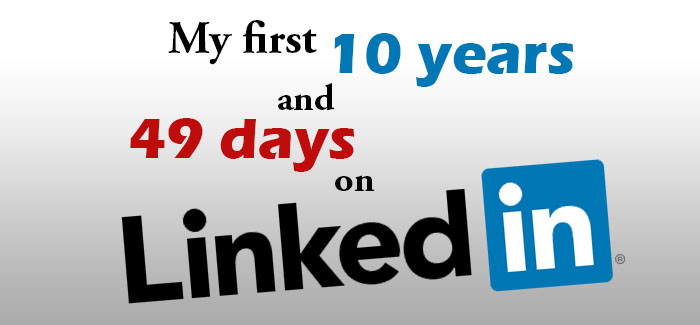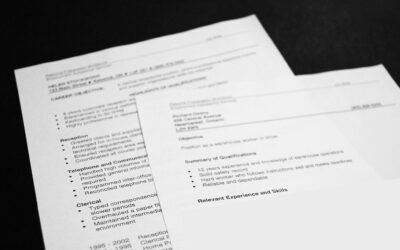Written by Steve Shirk
Continuous improvement of Product Engineering and ISO 9001 manufacturing Quality Management Systems
My first 10 years on LinkedIn was little more than an occasional annoying email to connect with someone…sometimes a person I didn’t even recognize! I used the application so infrequently that I grew weary of having to reset my password every time I ventured there. I think after 10 years, I had accumulated about 35 connections and a three-entry work experience; definitely not a Power User!
Now, after 49 days of unemployment, I’ve been enlightened! I see the huge advantages of using this application to “tell my story” and connect with others who may have a common career interest. And more importantly than just being up to date on this latest social media application, I have learned through experience, and the guidance of Career Development Partners, that LinkedIn is a critical aspect of networking with employers, recruiters, job-seekers and a network of interested connections. LinkedIn has become the new reality for the job market and for networking! Whether you dove head-first into social media such as Facebook, Twitter, LinkedIn and Pinterest or you approached it by sticking one toe in the cold water, there is no escaping the reality that in business, you need a great LinkedIn profile and you need to contribute to your network. Even if you are gainfully employed or believe your current job doesn’t require networking, it’s likely that at some point in your career, you will need, or want to contribute to a network for support that you don’t envision now.
Don’t wait until you are out of work or needing a network to solve a professional problem to unleash the power of LinkedIn. With just a few minutes every day, after several months, you will be an All-Star user!
Here are a few of my favorite observations from my last 49 days:
- Begin documenting your work history in the Experience section now while you have a clear and quantified perspective of your activities and accomplishments. Time will only make it more difficult to remember what projects your completed and the “% improvement”, “$ increased” or “% non-conformances reduced” as a result of those projects. Allow your LinkedIn job history to become a running resume of your activities, and more importantly, your accomplishments. Your network will use this as an opportunity to see how you might be a resource to them and yes, recruiters and prospective employers may discover skills and accomplishments that will open up a new career or business opportunity for you.
- Connect with others. Start with current and previous coworkers, family, church friends and professional-association connections. Include others who work for companies or are in industries that may benefit you now or in the future. These individuals become your network to whom you can turn if you or they need help with a problem or are in a job transition. If you are connecting with someone you do not know personally, give them a brief reason for your request to connect. That personal greeting says you care about them and want to contribute to their success.
- Be a Contributor! Use blogs to post your original contributions on a subject. We all have experiences, skills and accomplishments that make us important people with important information to share. Blogging is an easy way to creatively share your learning and knowledge with others. And even if you are blogging on a familiar subject like ‘Leadership’, your words and experiences are unique and will bring new perspective to the discussion. Whether just several sentences of several paragraphs, you have something that others need to read. Also, publish professional articles from your favorite news and learning sources. And comment on the postings of others…keep the dialogue going to share your experiences on a subject or offer a different perfective to what others have posted.
- Be an Encourager! Acknowledge individual’s new jobs or promotions, acknowledge their anniversaries, endorse them for skills and provide professional recommendations. These are simple, very quick ways to keep your name connected with your network. And who doesn’t appreciate a thoughtful acknowledgement of a success!
- Use Projects to document your major accomplishments. As with your work history in Experiences, Projects allow you to showcase your specific contributions to solving a meaningful problem. If in a job transition, Projects will help others see your value and if not in a transition, Projects may initiate networking to help others solve similar problems. The Projects section provides a place to elaborate on details in a way that documenting your work history in Experiences does not.
- Use Volunteer Experience to highlight where you give back to help others in your community. Your list here may prompt other to learn about where and why you contribute your resources to those charities or volunteer groups. This is another great way to influence your network.
- Use Following and Groups to automatically stay connected with influencers in your career interests. These functions will post articles to your Home that will be of interest to you and encourage you to contribute to the discussion.
LinkedIn has become an important tool to promote and leverage your influence…your contributions to better business and to a better society. I trust these brief words will help motivate all, but especially the “unenlightened” to jump into LinkedIn as a tool for personal and professional development. I hope you won’t wait 10 years to experience the best 49 days!




